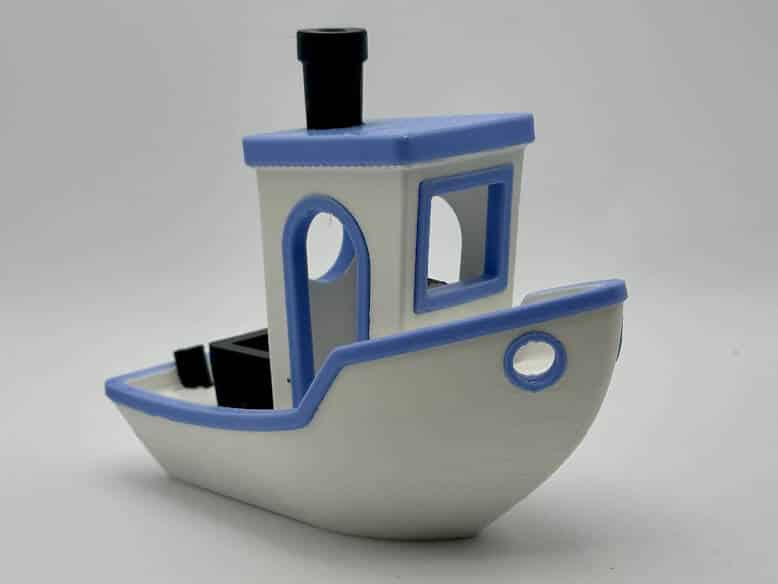Full-color 3D printing, also known as multi-material or multi-color 3D printing, is a technology that enables the creation of three-dimensional objects with intricate and vibrant color schemes. Unlike traditional 3D printers that typically work with a single material and limited color options, full-color 3D printers can produce objects with a wide range of colors, textures, and gradients.
The process of full-color 3D printing involves several steps:
- 3D Modeling: The object to be printed is first designed using 3D modeling software. This software allows for the creation of intricate shapes, textures, and color patterns.
- Color Mapping: Once the 3D model is complete, color information is assigned to different parts of the object. This can be done manually by assigning colors to specific regions or automatically based on texture or color information in the model.
- Slicing: The 3D model is sliced into thin layers, similar to traditional 3D printing. Each layer contains information about the colors and textures assigned to different areas of the object.
- Printing: The full-color 3D printer uses a combination of advanced printing technologies to deposit and solidify multiple materials in each layer. These printers typically use a combination of a CMYK color system (cyan, magenta, yellow, and key/black) and white to achieve a wide gamut of colors.
- Material Deposition: The printer deposits and fuses the appropriate colored materials in a layer-by-layer fashion, following the color information specified in the model. Some full-color 3D printers can also use inkjet or binder jetting technologies to add color to each layer.
- Finishing: Once the object is fully printed, it may require post-processing steps such as curing, cleaning, or polishing to achieve the desired appearance and smoothness.
Full-color 3D printing finds applications in various industries, including product design, architecture, entertainment, fashion, art, and education. It allows for the creation of realistic prototypes, customized consumer products, architectural models, figurines, medical models, and more, with visually appealing and intricate color details.
It’s worth noting that full-color 3D printing technologies are continually advancing, and new methods and materials are being developed to improve the quality, speed, and affordability of the process.


